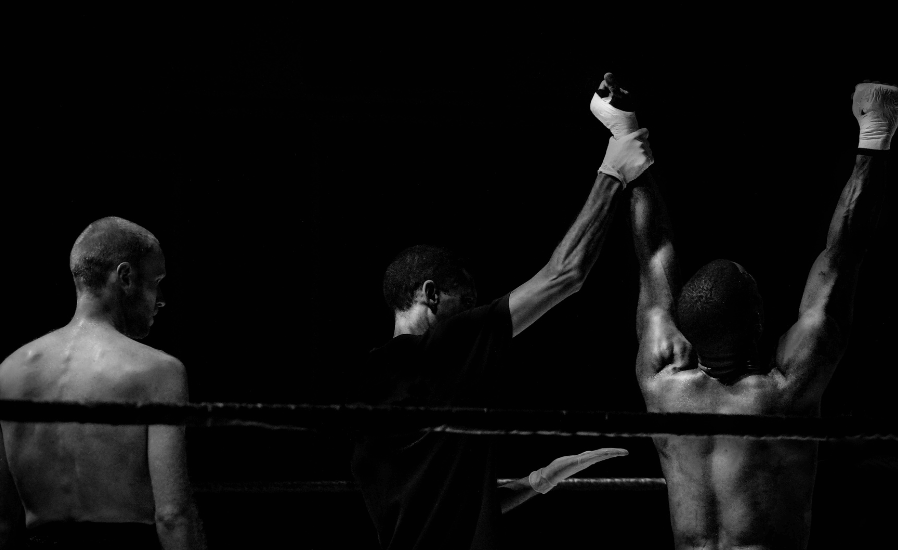How Boxing Scoring Works - All You Need To Know
This article breaks down boxing scoring to help you understand how it works.
We’ll explore the technicalities of scoring in boxing, including the 10-point must system, the role of judges, and the impact of scoring decisions on the outcome of fights..
With years of experience in the ring as a professional boxer, San Francisco based Jonathan Chicas is here to help.
In this article we explain the following:
The 10-Point Must System

The 10-point must system is the most common scoring method used in professional boxing.
Under this system, judges award points to each fighter based on their performance in each round, with the winner of the round receiving 10 points and the loser receiving 9 or fewer points. If a judge scores a round even, both fighters receive 10 points.
The system ranks fighters based on several factors, including effective aggression, clean punching, ring generalship, and defense.
The 10-point must system is designed to ensure that the winner of the fight is the fighter who wins the most rounds.
At the end of the fight, the judges add up the points awarded to each fighter in each round to determine the winner.
If all three judges agree on the winner, the decision is unanimous. If two judges agree, the decision is a split decision. If all three judges score the fight as a draw, it is a majority draw.
The Role of Judges
In professional boxing matches, three judges are appointed to score the fight. The judges sit ringside and watch the fight closely, evaluating each fighter’s performance in each round. They use the 10-point must system to award points to each fighter, based on criteria mentioned above.
Effective aggression refers to a fighter’s ability to control the pace of the fight and land effective punches. Clean punching refers to punches that land cleanly and have an impact on the opponent. Ring generalship refers to a fighter’s ability to control the ring and dictate the action.
The judges must use their own discretion when scoring each round, and there is no set formula for determining who should win a round. However, they are expected to apply the criteria consistently and fairly throughout the fight.
Controversial Scoring Decisions
Despite the best efforts of judges, scoring decisions in boxing are not always clear-cut, and controversial decisions are not uncommon. Some fights are so close that they could be scored either way, and the outcome of the fight can depend on the judges’ interpretation of the criteria for scoring each round.
One of the most controversial scoring decisions in recent boxing history occurred in the 2017 fight between Canelo Alvarez and Gennady Golovkin.
The fight was scored as a split draw, with one judge scoring it in favor of Alvarez, one judge scoring it in favor of Golovkin, and the third judge scoring it as a draw. Many fans and analysts believed that Golovkin had done enough to win the fight, and the decision was widely criticized.
Punch Stats
In addition to judges’ subjective scoring, there is another way to evaluate a fighter’s performance in a fight: punch stats.
Punch stats are collected using CompuBox, a computerized system that tracks the number and types of punches thrown and landed by each fighter. This data can provide a more objective assessment of each fighter’s performance and can be used to supplement the judges’ scoring.
Punch stats can be helpful in identifying trends and patterns in a fighter’s performance, such as whether they are throwing more jabs or power punches, and whether they are landing more punches to the head or body.
However, they should be used in conjunction with the judges’ scoring, as they cannot account for intangible factors such as ring generalship and effective aggression.
Ready to get started?
Get in the ring with pro boxer Jonathan Chicas. No matter your starting skill level, train with a champion and reach your full boxing potential in San Francisco today.
